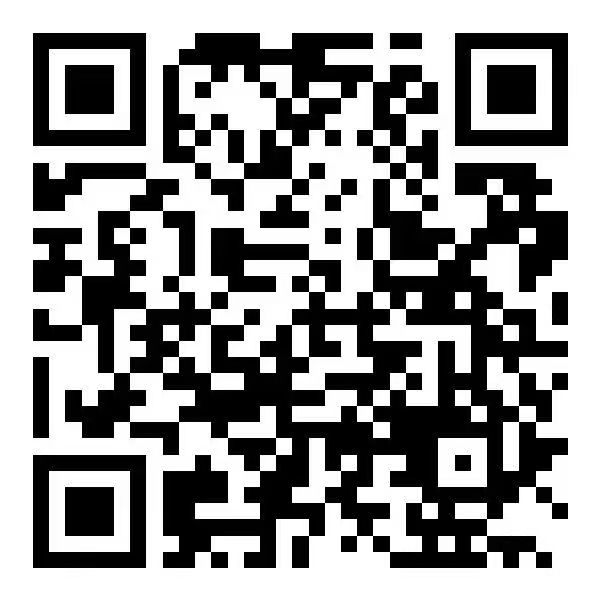GTI IoT Wireless Solution Whitepaper_v1.0
Executive summary
Terminology and Abbreviation
1. Introduction
2. IoT Standardization and Function
2.1. Cellular IoT Standardization and Function
2.1.1. eMTC
2.1.1.1. eMTC Standardization Background
2.1.1.2. Principles of eMTC
2.1.1.2.1. Comparison of eMTC
2.1.1.2.3. PBCH
2.1.1.2.4. MPDCCH
2.1.1.2.5. Coverage Enhancement
2.1.1.2.6. MIB
2.1.1.2.7. SI-BR
2.1.1.2.8. Comparison of eMTC TDD & FDD
2.1.1.3. Future Evolvement of Emtc
2.1.2. NB-IoT
2.1.2.1. NB-IoT Standardization Background
2.1.2.2. Principles of NB-IoT
2.1.2.2.1. NB-IoT deployment modes
2.1.2.2.2. NB-IoT downlink
2.1.2.2.3. NB-IoT uplink
2.1.2.2.4. Comparison of FDD and TDD
2.1.2.3. Future Evolvement of NB-IoT
2.1.3. Cellular IoT Positioning Function
2.1.3.1. Positioning Extending IoT Scenarios
2.1.3.1.1. Smart Agriculture
2.1.3.1.2. Bicycle-Sharing
2.1.3.1.3. Asset Trackers
2.1.3.1.4. Drones
2.1.3.1.5. Construction equipment
2.1.3.1.6. Fleet management industry
2.1.3.2. Positioning Technologies for IoT
2.1.3.2.1. Satellite Positioning
2.1.3.2.2. Mobile Network Enabled Positioning
2.1.3.2.3. Radio Frequency Pattern Match
2.1.3.3. Conclusion
2.2. None Cellular IoT Technology
2.2.1. LoRa
2.2.2. Ultra Narrow Band (Sigfox)
2.2.3. RPMA
2.2.4. Cellular-Based LPWA
3. IoT Network Deployment Strategy and Planning
3.1. IoT Network Deployment Strategy
3.1.1. Macro Cells
3.1.1.1. Overview
3.1.1.2. Technology Selection
3.1.1.3. Frequency Band Selection
3.1.1.4. Frequency Point Selection
3.1.1.5. Deployment Mode Selection
3.1.1.5.1. Stand-alone
3.1.1.5.2. Guard-band
3.1.1.5.3. In-band
3.1.1.6. Deployment Scale Selection
3.1.1.6.1. Spectrum resources
3.1.1.6.2. Antenna solutions
3.1.1.7. Deployment Multi-carrier
3.1.2. IoT Small Cells
3.1.2.1. Scenarios
3.1.2.1.1. Areas within Deep Coverage
3.1.2.1.2. Logistics Tracking
3.1.2.1.3. Deployment if needed with low cost
3.1.2.2. Function Requirements
3.1.2.2.1. NB-IoT Small Cell Function Requirements
3.1.2.3. Performance Requirements
3.1.2.3.1. NB-IoT Small Cell Performance Requirements
3.2. IoT Network Planning and Optimization
3.2.1. Overview
3.2.2. Network Planning
3.2.2.1. Coverage Planning
3.2.2.2. Capacity Planning
3.2.2.3. Frequency Planning
3.2.3. Network Optimization
3.2.3.1. RF Optimization
3.2.3.2. Radio Parameters Optimization
4. Conclusion
Reference
GTI IoT Wireless Solution Whitepaper_v1.0

